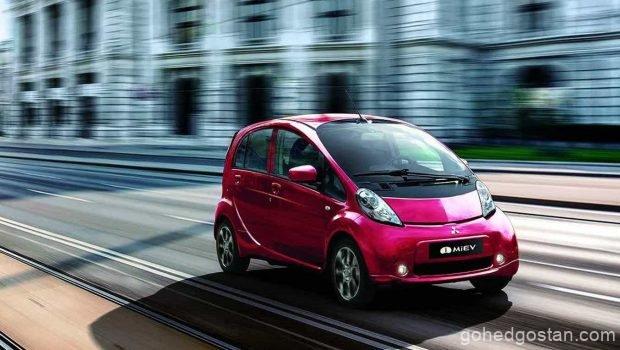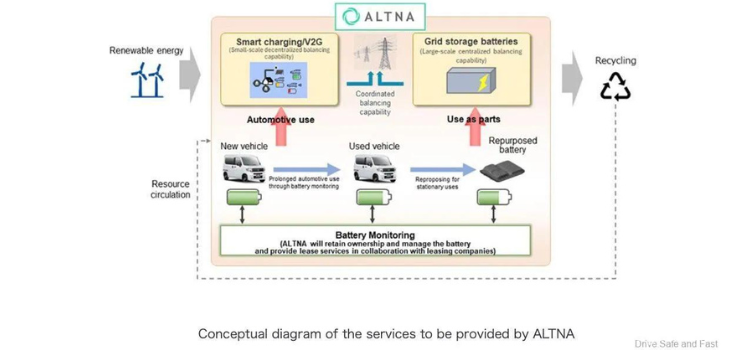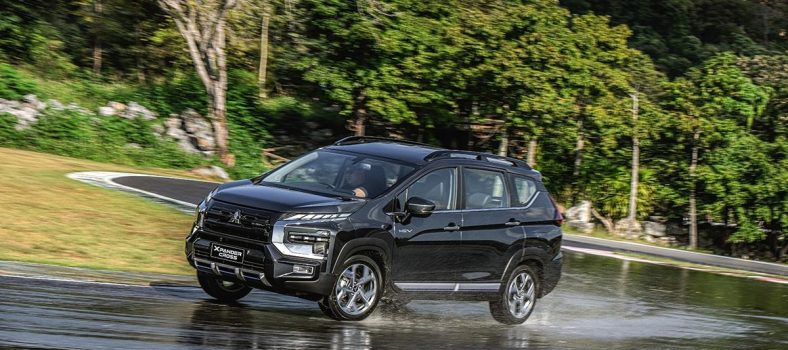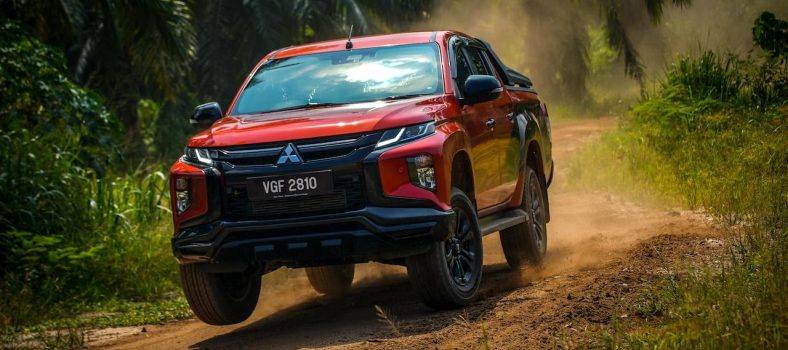Mitsubishi Motors Menjangka Menjelang 2030 Separuh Dari Kereta Yang Mereka Jual Akan Menjadi EV
AS mungkin menarik diri dari Perjanjian Paris, tetapi Jepun masih komited sepenuhnya. Oleh itu, syarikat yang berpusat di sana masih bersungguh dengan usaha mengurangkan kesan persekitaran mereka. Bagi Mitsubishi Motors, itu melibatkan ‘Visi Alam Sekitar 2050’ jangka panjang dengan pencapaian sasaran utama seawal tahun 2030.

Berikut adalah tiga perkara yang ingin dicapai dalam 10 tahun oleh Mitsubishi Motors:
- Untuk mengurangkan pelepasan CO2 kereta baharu sebanyak 40 peratus berbanding TK2010
- Untuk mengurangkan pelepasan CO2 dari aktiviti perniagaan MMC sebanyak 40 peratus berbanding TK2014
- Untuk meningkatkan bahagian kenderaan elektrik dalam jumlah jualan kepada 50 peratus menjelang 2030.
Matlamat 1 dan 3 seiringan kerana kenderaan elektrik menghasilkan sifar pelepasan CO2 ekzos. Mitsubishi Motors tidak asing dengan kenderaan elektrik. Mereka adalah antara yang pertama dengan EV berkemampuan lebuh raya ketika melancarkan i-MiEV. Mereka juga menunjukkan minat yang kuat untuk membuat kenderaan elektrik berdasarkan apa yang mereka telah pamerkan di Tokyo Motor Show 2017 dan 2019.

Walau bagaimanapun, 10 tahun tidak mencukupi untuk meningkatkan penjualan kereta elektrik sebanyak itu. Terutama sekali apabila anda mempertimbangkan hakikat bahawa Mitsubishi Motors telah ditugaskan untuk memimpin pembangunan produk di pasaran Asia Tenggara. Pada masa ini, tenaga petrol dan diesel dominan di sini, dengan pikap seperti Triton dan MPV crossover kompak seperti XPANDER menjadi produk utama Mitsubishi Motors. Adakah Mitsubishi akan menggunakan jualan Renault dan Nissan EV yang baharu di pasaran lain untuk mencapai sasaran penjualan EV 50% ini secara keseluruhan? Atau adakah mereka akan membina dan membawa EV berpatutan kepada pelanggan Asia Tenggara? Hanya masa yang akan menentukannya.

KENYATAAN MEDIA
MITSUBISHI MOTORS CORPORATION (MMC) has formulated a new Environmental Plan for the next 30 years. To contribute to realizing a society with net zero carbon dioxide (CO2) emissions in 2050, the company aims for 40 percent reduction in the CO2 emissions from its new cars and business activities, and raising the proportion of electric vehicles in the total sales to 50 percent by 2030. MMC will be fulfilling its responsibility as a manufacturer and seller of automobiles to make ongoing contributions toward a future dynamic, sustainable society. Considering social trends since the adoption of the Paris Agreement, this new Environmental Plan takes a medium- to long-term perspective. The plan is comprised of three parts—MMC’s Environmental Policy, which was revised to incorporate a medium- to long-term outlook; Environmental Vision 2050, which defines the vision of society and the direction of MMC’s initiatives toward 2050; and Environmental Targets 2030, which set out specific targets to achieve by 2030 in order to realize the vision.
1. Environmental Policy
Revised MMC’s Environmental Policy enacted in 1999 to incorporate a medium- to long-term perspective.
2. Environmental Vision 2050
Defines the vision of society of 2050 in terms of climate change, recycling resources, and preventing environmental pollution, and the outlook of related initiatives. Placing the highest priority on measures to combat climate change, this vision aims to contribute to realizing a society with net zero CO2 emissions by 2050.
3. Environmental Targets 2030
MMC has set out specific targets for the next 10 years for its efforts to combat climate change and help realize a society with net zero CO2 emissions by 2050. These are to reduce the CO2 emissions from new cars by 40 percent compared to FY2010, reduce the CO2 emissions from MMC’s business activities by 40 percent compared to FY2014, and raising the proportion of electric vehicles in the total sales to 50 percent by 2030.
Based on this new Environmental Plan, MMC will continue to bolster its eco-friendly technologies leveraging its plug-in hybrid electric vehicles. At the same time, MMC continues to contribute to creating a dynamic, sustainable society by bringing viable products and technologies to more people throughout the world.







No Comment